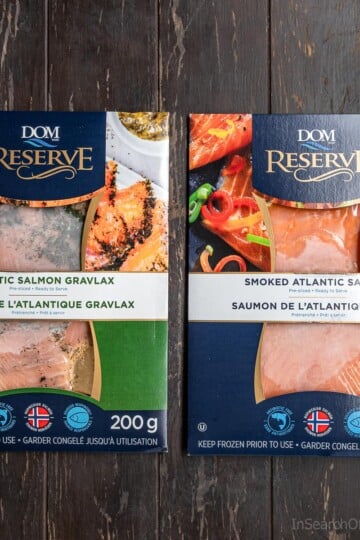Taro root (also called Dasheen) is a starchy vegetable (like a potato) that is native to tropical areas. It is often used in Caribbean, Polynesian and African cuisine.

I'm Trinidadian, so I've grown up eating dasheen, but I never really liked it as a child. Now, as an adult, I can appreciate its complex flavour. My favourite way to prepare this purple-specked root vegetable is to just boil it and eat it with butter.
What is Taro Root?
Taro root is the tuber of the taro plant. It has an inedible papery/fibrous skin and sweet white flesh. The leaves of the plant are also edible and are used to make the popular Caribbean dish called callaloo.
Taro (the tuber and the leaves) should never be eaten raw, as many varieties are toxic until you cook them. When cooked, the flesh takes on a potato-like texture, with a slightly nutty and earthy flavour.
Where Can You Buy It?
The variety of taro called Dasheen is grown in the United States, and is generally easy to find at most supermarkets and speciality food stores.
Since these tubers can grow to be quite large (up to a foot in length, and several inches in girth) you can sometimes find it sold in large pieces. Choose roots that are firm, smooth, and heavy for their size. Avoid any rots with mould, soggy spots or damaged areas.

How Do You Cook Taro?
You can cook taro root much like how you would cook a potato. They can be boiled and made into mash (although be warned, it will be grey in colour!), or served in slices with a little bit of salt and butter.
You can also try baking thick slices in the oven, or frying thin slices into chips. Thinly sliced fried strips can be used as a crunchy garnish on soup or salads.
You should wear gloves when handling raw taro, as it can irritate your skin.
Here are a few ideas to get you started:
How to store Taro Root?
Taro roots should be kept in a dark, cool place, with good ventilation. Do not store in plastic, or in the fridge.
Taro should be used as soon as possible, because they soften and spoil quickly.






Shan says
I am Caribbean we do not eat the leaves and call them callaloo...we call the root dasheen...WE DO NOT EAT THE LEAVES!
Shareba says
Hi Shan, I'm not sure why you're screaming in your comment. "Callaloo" is a different dish from island to island in the Caribbean. Trinidadians make callaloo from the leaves of the dasheen plant. Whereas Jamaican callaloo, for example, is a different dish entirely.
Just because something is different than what you know does not make it wrong.
Here are some resources for you:
"The dasheen (Colocasia esculenta L.) is a herbaceous, tuberous perennial with large distinctive leaves and is cultivated extensively in tropical countries such as Trinidad and Tobago, for both the tender leaves and the tubers. The leaf with the stem attached commonly called "dasheen bush" or "callaloo bush" and is usually cooked as spinach." - https://www.actahort.org/books/368/368_87.htm
"Dasheen Bush is basically the leaves (usually the tender ones) of the Dasheen plant (Taro) which is used mainly in the Southern Caribbean for making Callaloo" - https://www.theculturaldietitian.com/post/caribbean-market-dasheen-bush
"Callaloo, the national dish of Trinidad & Tobago and Dominica, has become the most common recipe associated with dasheen leaves, and is enjoyed throughout the region and around the world." - https://www.forbes.com/sites/daphneewingchow/2020/10/26/dasheen-plant-could-be-the-root-of-caribbean-development/?sh=700b5e9c588a
Sally Simmons says
Shareba, although I am almost 75 years old, had never cooked taro before. It is now simmering on the stove, and I am going to eat it with the grain-free stew I just made. Yes, I should have worn gloves. Put them on after my hands started itching. I love the smell of it cooking. Now that I know more about it, I will eat it often. Thanks for your information.
Sally in BC Canada
Shareba says
Hi Sally, thanks for your note! I hope you enjoy it, and I'm happy to have been able to help 🙂